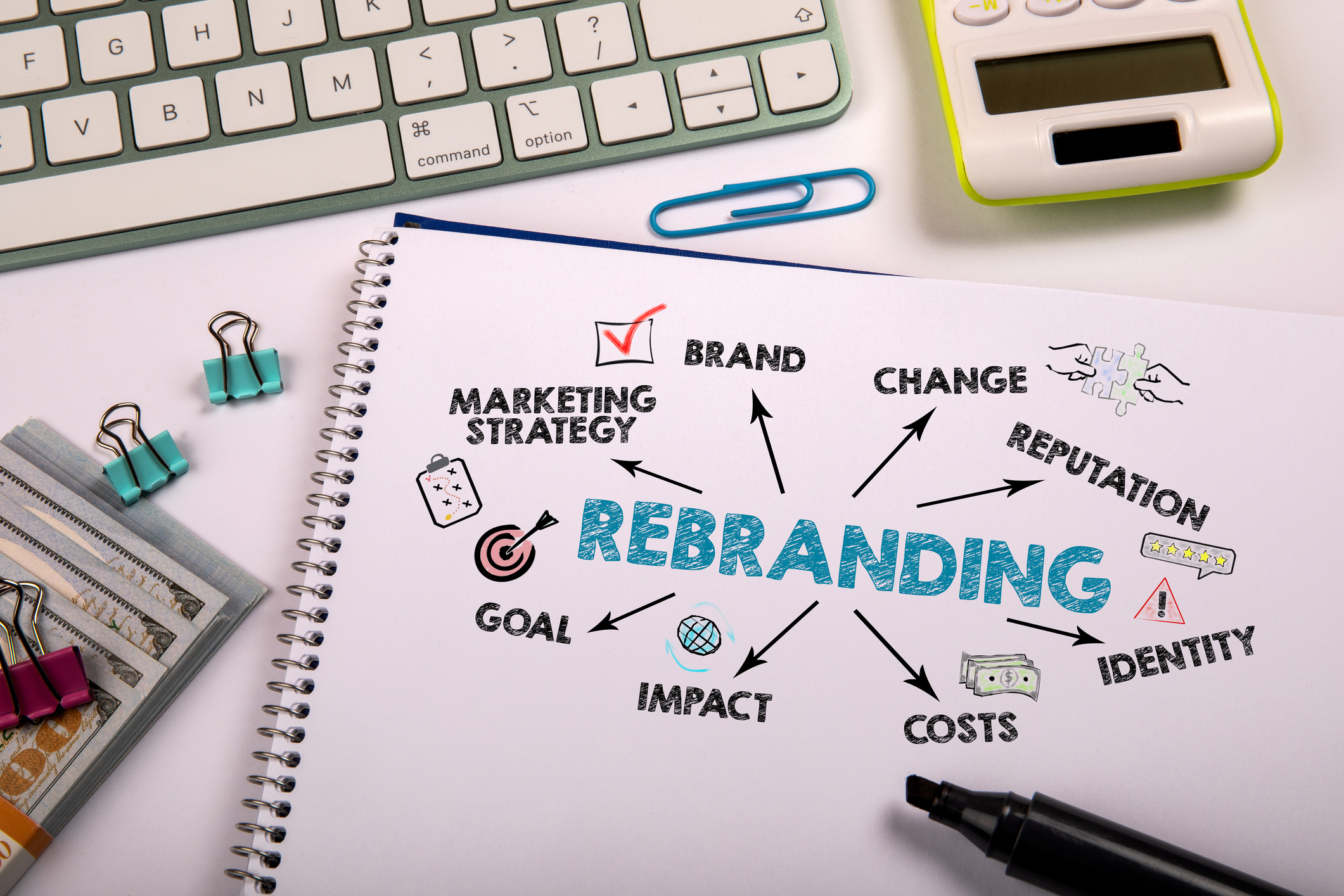Part 2: Preparing for closing
With your Small Business Administration (SBA) 7(a) loan documentation complete and submitted, the lender and SBA then do their part, verifying and approving your application and docs, getting you to your closing and receipt of funds. One note of caution, however: there will be one final round of forms and documentation required at the time of closing as well (outlined below), so be prepared!
The underwriting process and commitment
In the underwriting process, the lending institution verifies the details you’ve submitted with your application and assesses the potential risk your business may pose if they fund your operation.
SBA underwriters look to determine:
- Your level of risk as a borrower, and how it fits into the unique risk profile of the lender
- How to minimize loss should you fail to repay the loan
It’s important to note here that the lender must first determine that the applicant is unable to obtain the loan on reasonable terms without a Federal government guaranty from the SBA, and that some or all of the loan is not available from the resources of the applicant business or the personal resources of the principals.
Ultimately, underwriting can take up to a few weeks. Once the lender has determined that you meet their credit criteria, they agree to extend you a loan, assuming that you’re able to provide any remaining documentation they request. This is the commitment stage.
You can expect to receive a commitment letter within a few weeks outlining the amount of the loan, interest rate, any collateral provided, and other terms. Carefully review and sign the letter to accept the loan offer.
Lender provides credit decision approval, SBA approves loan
When the lender has reached a positive credit decision, the information you have provided is forwarded to the Small Business Administration. Through the years, the SBA has streamlined its lending programs. The loan application process now makes it possible for SBA Preferred Lenders to submit many loans electronically and receive an immediate response.
With SBA approval, your loan can now proceed to closing, which will involve the coordination of the SBA loan, and title work, and documentation.
The loan closing checklist
Prior to closing, there will be a number of additional forms that must be completed. The following list includes documents required at all closings, as well as potential additional documents that may be necessary depending on your situation:
- Full corporate documentation
- Licenses
- Shareholder notes, if applicable
- Purchase agreements and any amendments, extensions, non-competes etc.
- CRE appraisals, if applicable
- Environmental due diligence, if applicable
- Copies of leases
- Mortgage statements
- Business valuation, if applicable
- Draft bill of sale, if applicable
- Corporate docs for change of ownership
- Landlord waiver
- Equipment list, invoices, titles, etc.
- Refinancing – copies of notes to be refinanced, payoff, and 12 month payment history
- Equity injection documentation
- Insurance policies – all applicable types
- Additional lender forms
- IRS 4506c
- SBA 159
Note: the above are just examples of what will be necessary. Your lender will provide you with specifics related to your individual loan.
Your closing
In the loan closing process, the borrower signs the required documents and the lender funds the loan. Every SBA loan application will have a long list of closing and funding requirements for both parties. These items include, but aren’t limited to, the following:
- A promissory note that is signed by the borrower. It spells out the terms of the loan; the origination date, amount of the loan, interest rate, maturity date and collateral.
- Security documents that are required to be signed and filed with governmental entities to finalize a lien on the collateral for the lender.
- Insurance documents primarily proving the lender insures the property title, collateral, the lives and ability to work of the borrowers.
- SBA documents will include a complete loan application package with the lender’s underwriting, as well as reports from third party professionals.
Once all documents are signed, and funding in place, the borrower moves to the best stage of the process.
Putting your funds to work!
With the gathering of information and work with your lender complete, you can now take advantage of the funds you acquired and open the doors of your new business – or expand the one you already have. In either case, best of luck!
Are you ready to take the next step? A First Internet Bank SBA Business Development Officer is standing by to provide the assistance you need!





